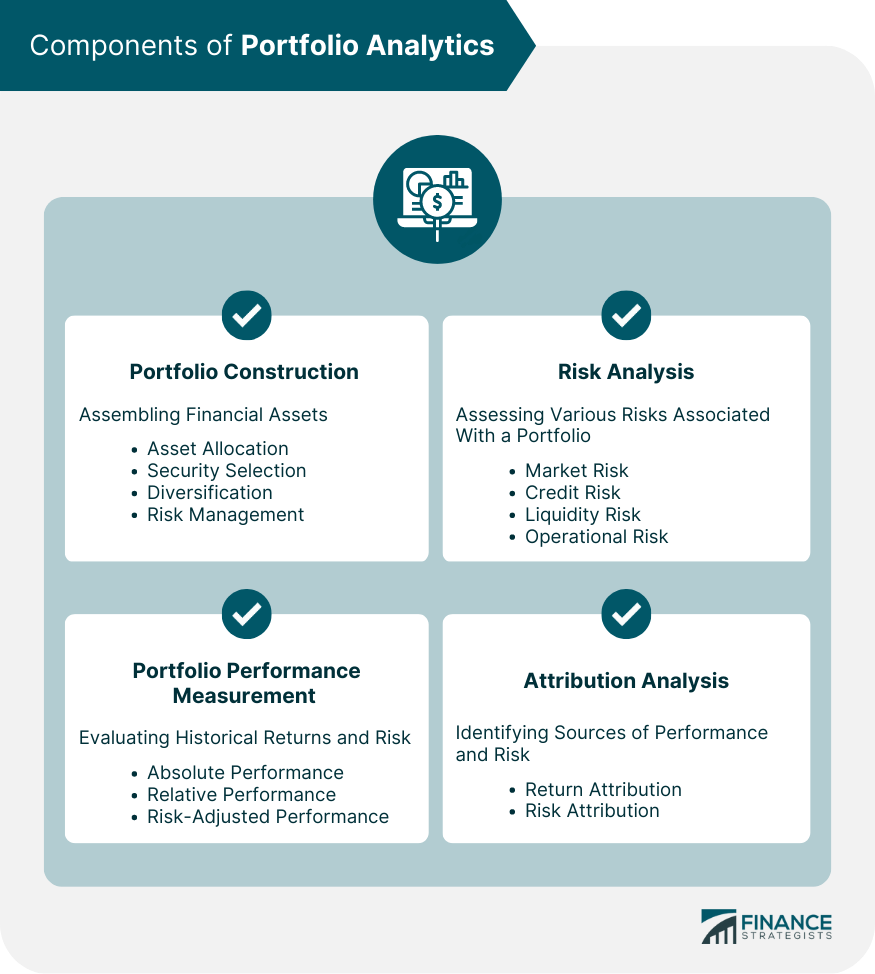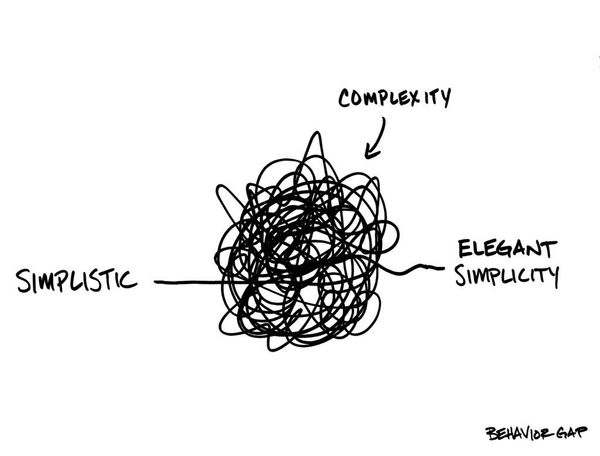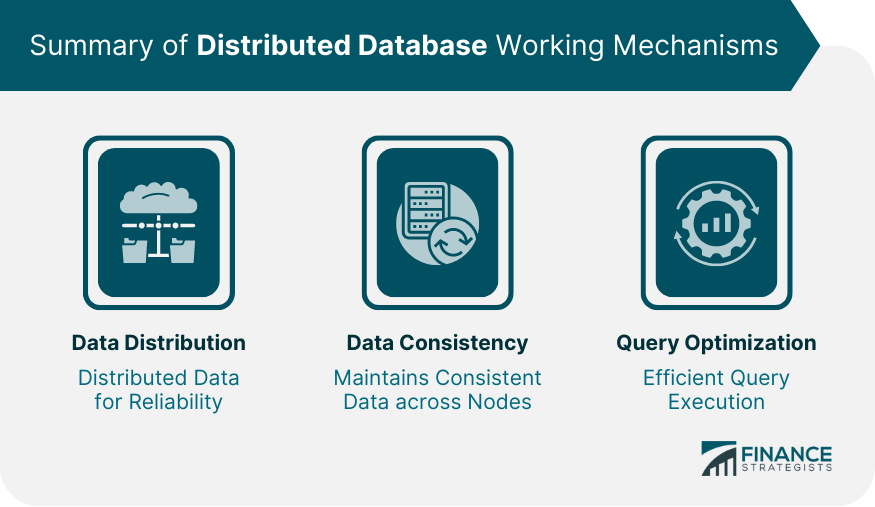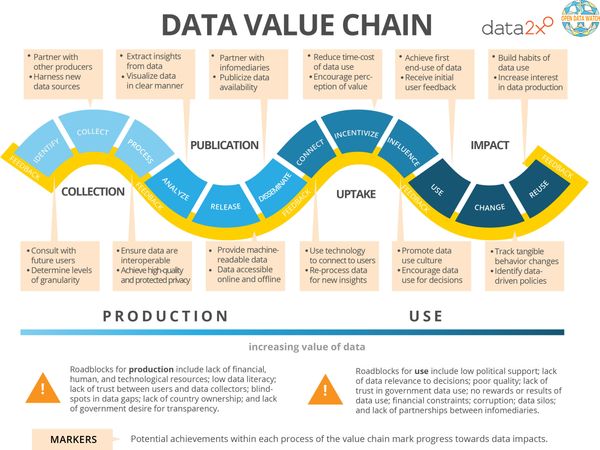Overview
Introduction to indexing
Indexing plays a crucial role in enhancing the performance of databases. It provides a way to efficiently retrieve and manipulate data stored in a database. In the context of SQL Server performance, indexing is particularly important. By creating appropriate indexes on tables, SQL Server can quickly locate and retrieve the required data, resulting in faster query execution times and improved overall performance. Indexing allows SQL Server to optimize query plans and minimize the amount of data that needs to be scanned or processed. This leads to reduced disk I/O operations and CPU usage, resulting in a more responsive and efficient database system.
Importance of indexing in database performance
Indexing plays a crucial role in enhancing the performance of a database. By creating indexes on specific columns, the database management system can quickly locate and retrieve the required data, resulting in faster query execution times. This is especially important in large databases where the amount of data can be overwhelming. Without proper indexing, the database would have to scan through all the records, leading to slower response times and decreased efficiency. SQL Azure, a cloud-based relational database service, also benefits greatly from indexing as it allows for efficient data retrieval and query optimization. With the right indexes in place, SQL Azure can handle large data volumes and complex queries with ease.
Types of indexing
There are several types of indexing that play a crucial role in enhancing database performance. These types include B-tree indexing, hash indexing, and bitmap indexing. B-tree indexing is widely used and efficient for range queries, while hash indexing is ideal for equality queries. Bitmap indexing is suitable for low-cardinality data and can significantly speed up queries involving multiple attributes. Each type of indexing has its strengths and limitations, and choosing the right type depends on the specific requirements of the database system.
Indexing Techniques
B-tree indexing
B-tree indexing is a popular data structure used in database systems to optimize SQL queries. It is a balanced tree structure that allows for efficient searching, insertion, and deletion of data. The B-tree index is particularly useful for large datasets as it reduces the number of disk I/O operations required to access data. By organizing data in a hierarchical manner, B-tree indexing improves the performance of database queries by minimizing the time required to locate specific data points. This indexing technique plays a crucial role in enhancing database performance and optimizing SQL queries.
Hash indexing
Hash indexing is a popular technique used in database optimization. It involves using a hash function to map keys to a fixed-size array, called a hash table. This allows for efficient retrieval of data by directly accessing the location in the array where the data is stored. Hash indexing is particularly useful when searching for exact matches, as it provides constant-time access to the desired data. Additionally, hash indexing can greatly improve the performance of database operations such as inserts, updates, and deletes. By using a well-designed hash function and properly sizing the hash table, the overhead of searching for data can be significantly reduced, leading to faster and more efficient database operations.
Bitmap indexing
Bitmap indexing is a data structure technique that improves the performance of database queries by reducing the search space. It uses a bitmap to represent the presence or absence of a value in a column or attribute. This allows for fast retrieval of data based on specific criteria, such as MySQL vs MariaDB comparison. Bitmap indexing is particularly useful for queries that involve multiple conditions or predicates, as it can quickly identify the rows that satisfy all the conditions. By reducing the number of rows that need to be scanned, bitmap indexing can significantly improve query performance.
Indexing Strategies

Clustered indexing
Clustered indexing is a technique used in database systems to improve performance. It involves organizing the data in a table based on the values of one or more columns. This allows for faster retrieval of data that is stored together physically on disk. By clustering the data, queries that require accessing multiple rows with similar values can be executed more efficiently. Additionally, clustered indexing can also help reduce disk I/O and improve query performance by minimizing the number of disk seeks required. Overall, clustered indexing plays a crucial role in optimizing database performance.
Non-clustered indexing
Non-clustered indexing is a crucial aspect of designing databases. It plays a significant role in enhancing database performance by improving query execution time and data retrieval efficiency. Non-clustered indexes are created on columns that are frequently used for searching, sorting, and joining operations. These indexes provide a separate structure that allows for faster data access and reduces the need for full table scans. By organizing data in a logical order, non-clustered indexing facilitates efficient data retrieval and minimizes disk I/O operations. Additionally, non-clustered indexes support the implementation of various database optimization techniques, such as covering indexes and index intersections. Designing databases with well-planned non-clustered indexes can greatly contribute to the overall performance and responsiveness of database systems.
Covering indexing
Covering indexing is a technique used in database systems to improve query performance. It involves creating an index that includes all the columns required by a query, eliminating the need for the database to access the actual data pages. This can significantly reduce the number of disk I/O operations and improve overall query execution time. By covering all the necessary columns, covering indexing allows the database to retrieve the required data directly from the index, resulting in faster and more efficient queries. This technique is particularly beneficial for queries that involve large tables or complex joins. Implementing covering indexing can greatly enhance the performance of database systems and optimize the execution of queries.
Indexing Best Practices

Choosing the right columns for indexing
Choosing the right columns for indexing is crucial for optimizing database performance. Indexing allows for faster data retrieval by creating a data structure that organizes the data based on the indexed columns. When selecting columns for indexing, it is important to consider the columns that are frequently used in queries or involved in join operations. These columns should be chosen as they can greatly improve query performance. Additionally, columns with high selectivity, meaning they have a large number of distinct values, are good candidates for indexing. By choosing the right columns for indexing, database administrators can significantly enhance the overall performance of their databases.
Avoiding over-indexing
Over-indexing is a common issue that can significantly impact database performance. When a database has too many indexes, it can slow down data modification operations such as inserts, updates, and deletes. This is because each index needs to be updated whenever a corresponding data change occurs. Additionally, over-indexing can also consume excessive disk space, leading to increased storage costs. Therefore, it is crucial for database administrators (DBAs) to carefully evaluate the necessity of each index and avoid creating unnecessary ones. By following best practices and regularly reviewing the indexing strategy, DBAs can optimize database performance and improve overall system efficiency.
Regularly updating and maintaining indexes
Regularly updating and maintaining indexes is crucial for optimizing database performance. Indexes are data structures that improve the speed of data retrieval operations by allowing the database engine to quickly locate the desired data. By keeping indexes up-to-date, database administrators can ensure that queries are executed efficiently, resulting in faster response times and improved overall performance. Additionally, maintaining indexes helps to minimize the need for full table scans, which can significantly impact performance in large databases. To achieve optimal performance, it is important to regularly monitor and update indexes based on the specific needs and usage patterns of the database. This includes identifying and removing redundant or unused indexes, as well as creating new indexes to support frequently executed queries. By investing time and effort into index maintenance, database administrators can enhance the performance and responsiveness of their database systems.
Performance Impact of Indexing

Query optimization with indexing
Query optimization with indexing is a crucial aspect of improving database performance. Indexing allows for faster retrieval of data by creating a separate data structure that organizes the data in a specific order. This enables the database engine to locate and retrieve the required data more efficiently, resulting in reduced query execution time. Oracle experts recommend utilizing indexing techniques to enhance the performance of database queries. By implementing appropriate indexes, database administrators can optimize query execution plans and improve overall system performance. With indexing, Oracle experts can fine-tune the database to deliver faster and more accurate query results.
Trade-offs between read and write operations
Trade-offs between read and write operations are a crucial aspect of database performance. When it comes to optimizing database performance, one of the key considerations is how query optimization works. Query optimization plays a vital role in determining the efficiency of read and write operations. By understanding how query optimization works, database administrators can make informed decisions to strike a balance between read and write operations. This balance ensures that the database performs optimally in terms of both data retrieval and data modification.
Indexing and data modification operations
Indexing plays a crucial role in database performance, especially when it comes to data modification operations. When data is modified, such as when new records are inserted, existing records are updated, or records are deleted, indexes help in efficiently locating and updating the affected data. By using indexes, the database engine can quickly identify the relevant data and perform the necessary modifications. This significantly improves the speed and efficiency of data modification operations, ensuring that they can be executed in a timely manner. Therefore, proper indexing is essential for maintaining optimal database performance.
Conclusion

Summary of the role of indexing in database performance
Indexing plays a crucial role in enhancing the performance of databases. It improves the speed of data retrieval operations by creating data structures that allow for efficient searching and sorting. By creating indexes on frequently accessed columns, such as primary keys or columns used in join conditions, database systems can quickly locate the desired data without scanning the entire table. This significantly reduces the response time and improves overall query performance. MySQL performance best practices emphasize the importance of proper indexing techniques to optimize database performance. Following these practices can lead to faster query execution, improved scalability, and better overall system performance.
Key takeaways
Indexing plays a crucial role in enhancing database performance. It enables quick retrieval of data by creating a data structure that allows efficient searching and sorting. By indexing the right columns, queries can be executed faster, resulting in improved response times. Additionally, indexing reduces the need for full table scans, minimizing disk I/O operations and optimizing resource utilization. It is important to carefully choose the columns to be indexed based on the specific requirements of the database and the queries it needs to handle. Implementing proper indexing strategies can significantly enhance the overall performance of a database system.
Future trends in indexing
Future trends in indexing include the use of advanced algorithms and machine learning techniques to optimize database performance. With the increasing complexity and size of modern databases, traditional indexing methods may no longer be sufficient to meet the demands of database administrators. As a result, database administrators will need to adapt and expand their skill set to include tasks such as implementing and managing advanced indexing techniques, analyzing and optimizing query performance, and staying updated with the latest advancements in database indexing technology. By embracing these future trends, database administrators can ensure that their databases perform at their best and meet the evolving needs of the organizations they serve.
In conclusion, OptimizDBA Database Optimization Consulting is the trusted industry leader in remote DBA services. With over 500 clients and more than 20 years of experience, we guarantee a significant increase in performance for your database. Our team of experts specializes in optimizing transaction speeds, ensuring that your database operates at least twice as fast as before. Our average speeds are often 100 times, 1000 times, or even higher! Experience the difference with OptimizDBA and see how our services can transform your database performance. Contact us today to learn more and start optimizing your database for maximum efficiency.







